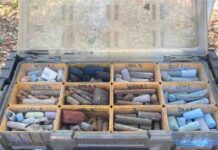The Rijksmuseum. Ever visited it? If you haven’t, be sure to at least make an online visit. Not only do they have a wonderful collection, but they also encourage viewer participation on their website. Make sure to check it out!
So why am I bringing up the Rijksmuseum? Because I’m enamoured with the portraits by Thérèse Schwartze (1851-1918) whose work I discovered only a few years ago and this museum contains a number of pieces in their collection. One of these paintings, one of the few portraits she did of men, was the subject of an earlier post. Today, we are looking at a portrait of a woman, Amelia Eliza van Leeuwen.
First, the painting as you’d see it in its frame:
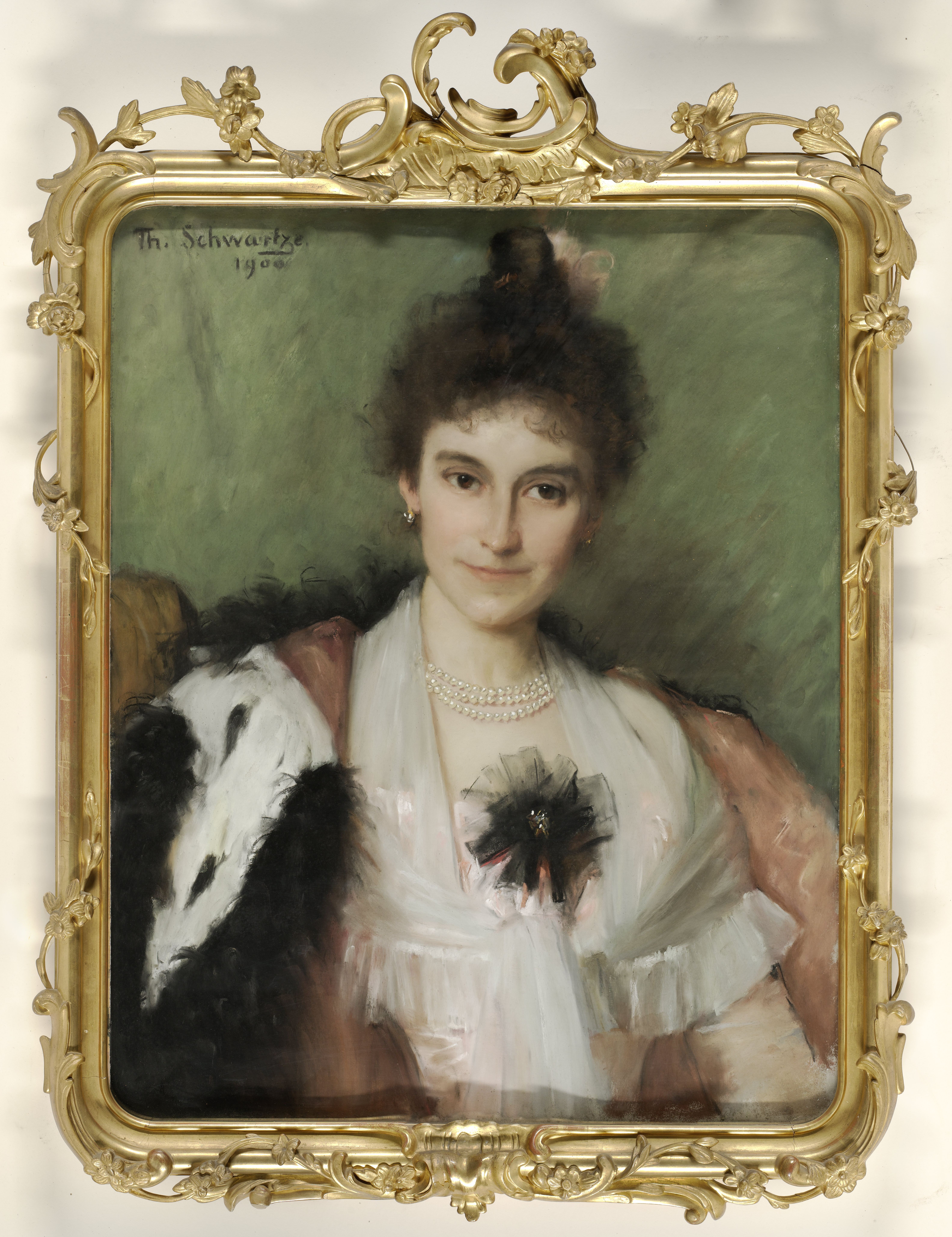
Now let’s have a look at it. First off, look at the colours – basically a complementary arrangement of reds and greens along with black and white.
Moving in closer…

Let’s start at the top with this woman’s hair and hairdo. The edges are soft, with the dark of her head blending into the background. The same goes for the pink accessory holding her hair – there but almost secondary.
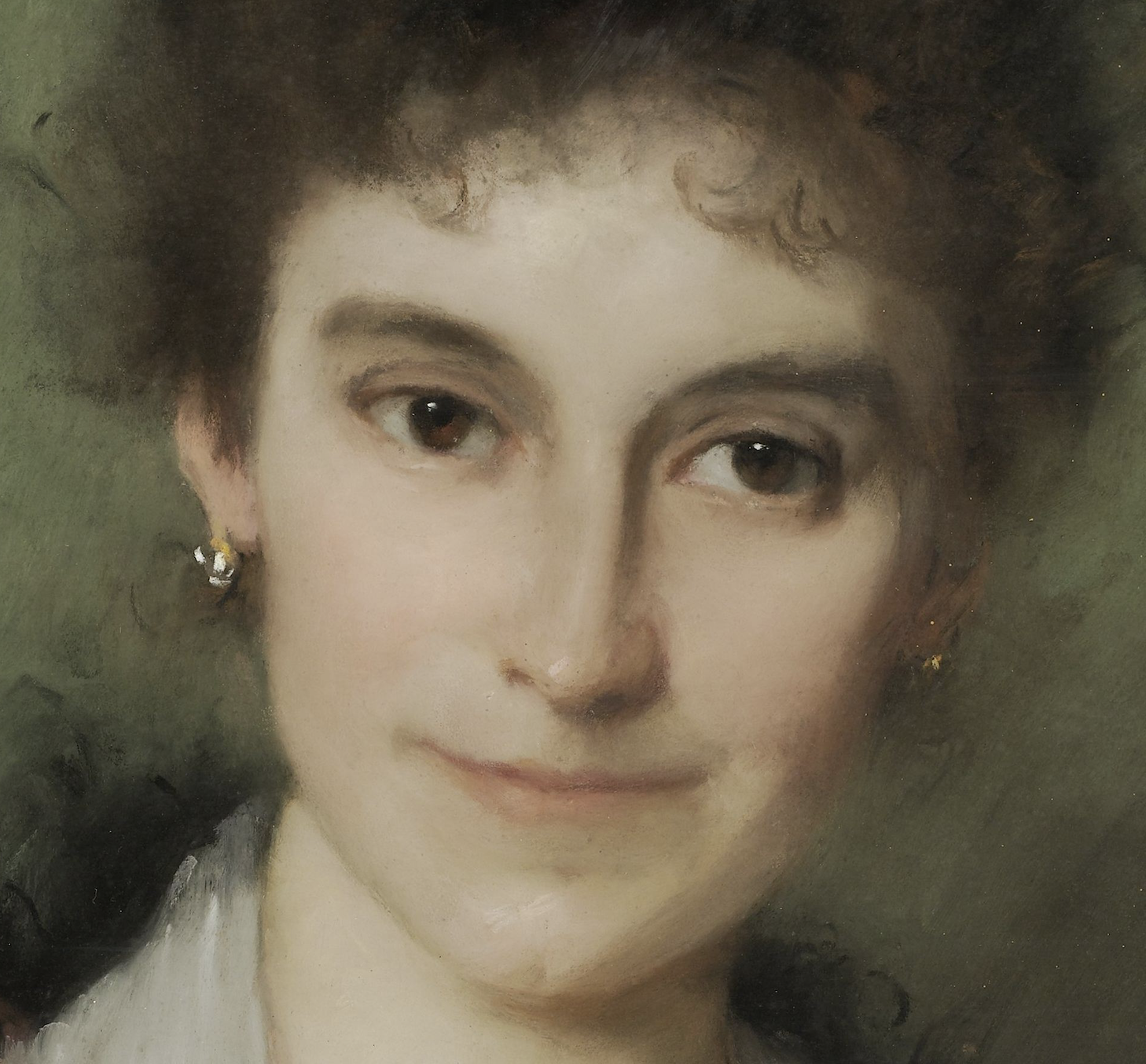
The main focus is on the face where large brown eyes reveal a kind soul and, along with the gentle smile, perhaps a proclivity to laughter.
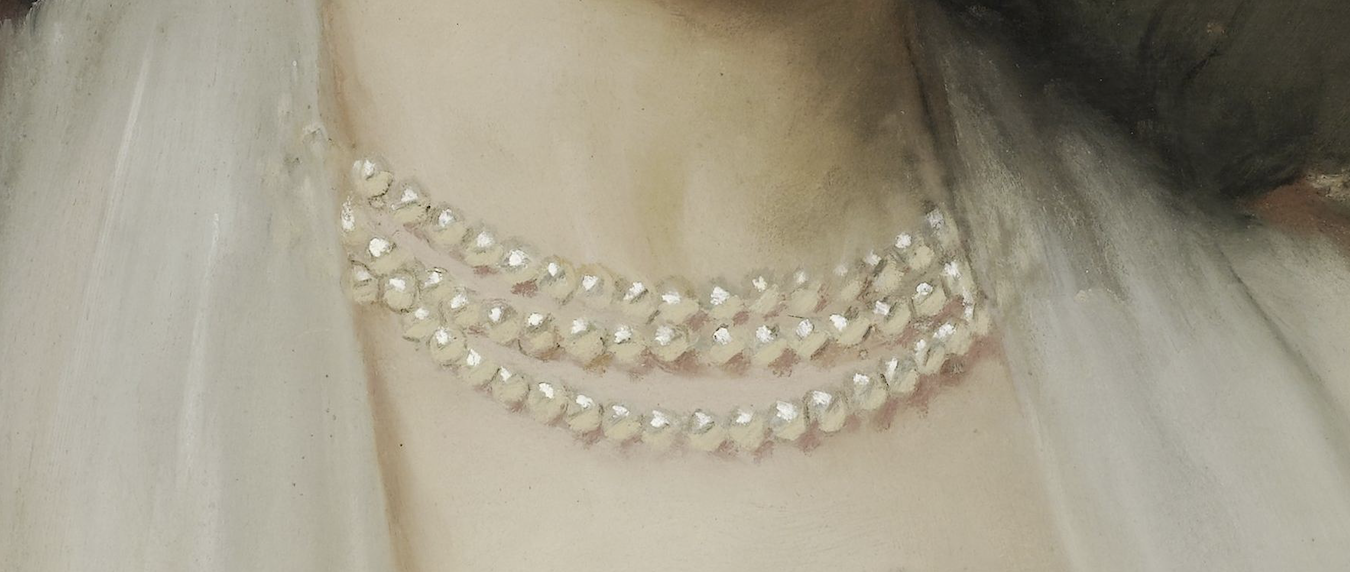
Schwartze was a master at textures and there’s a variety sprinkled throughout this painting. Some textures reflect light while others don’t. The pearls, for instance, gleam. If you examine them, you can see that the colour of the pearls (rather than the highlights) is the same value as the woman’s skin – they would visually disappear if not for the slight cast shadow beneath them.

Here you see the softness of the shawl contrasted with the crisp tulle decoration and with the sheen of the pink dress beneath.
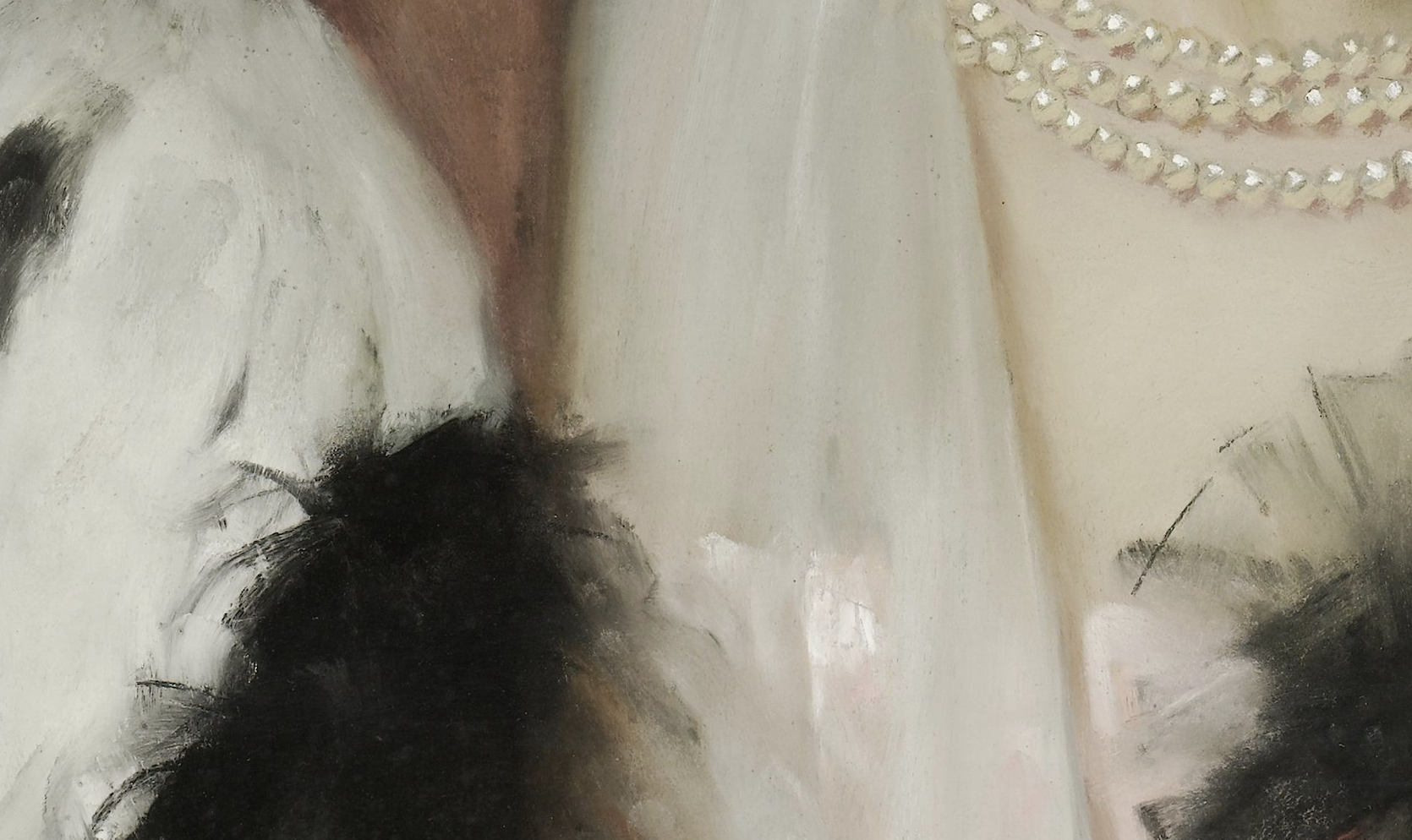
Here you can see many textures: of fur on her cape, the shawl, the dress with decoration, the pearl neclace, and also her skin.
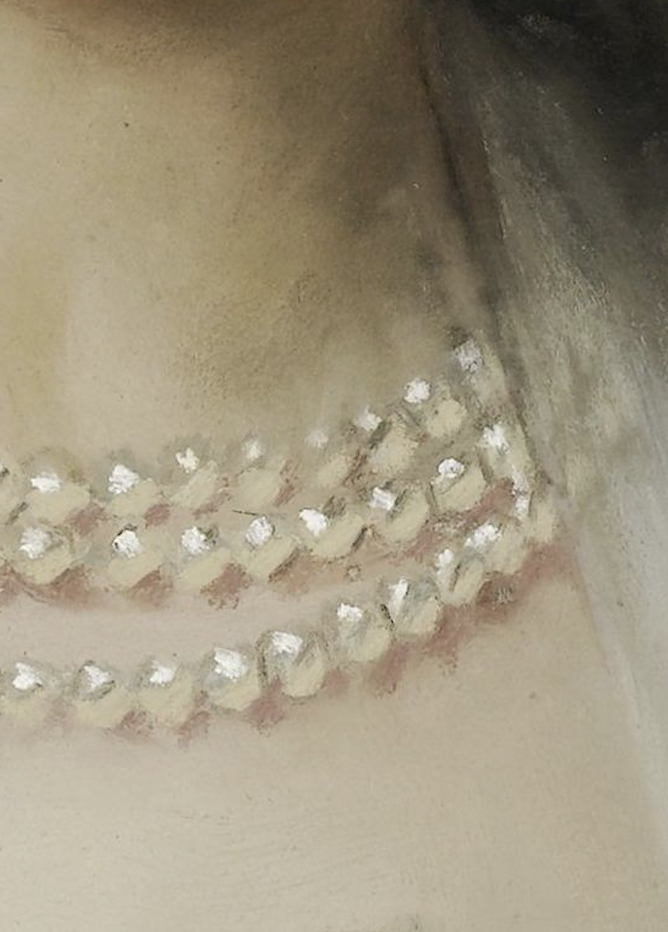
Speaking of skin, see how Schwartze subtly changes the colour of Amelia’s skin from yellowish to pinkish?
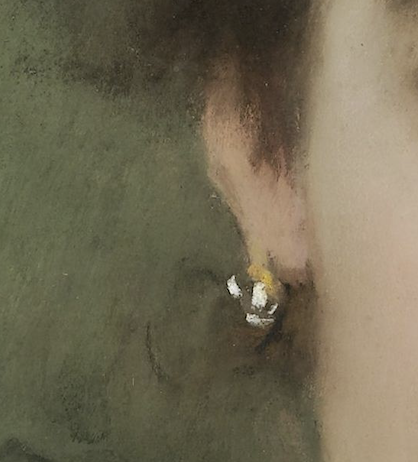
And what about that sparkly earring as it echoes the sparkle in the woman’s eyes and the centre of the dress decoration? And look at how little detail is given to the ear.
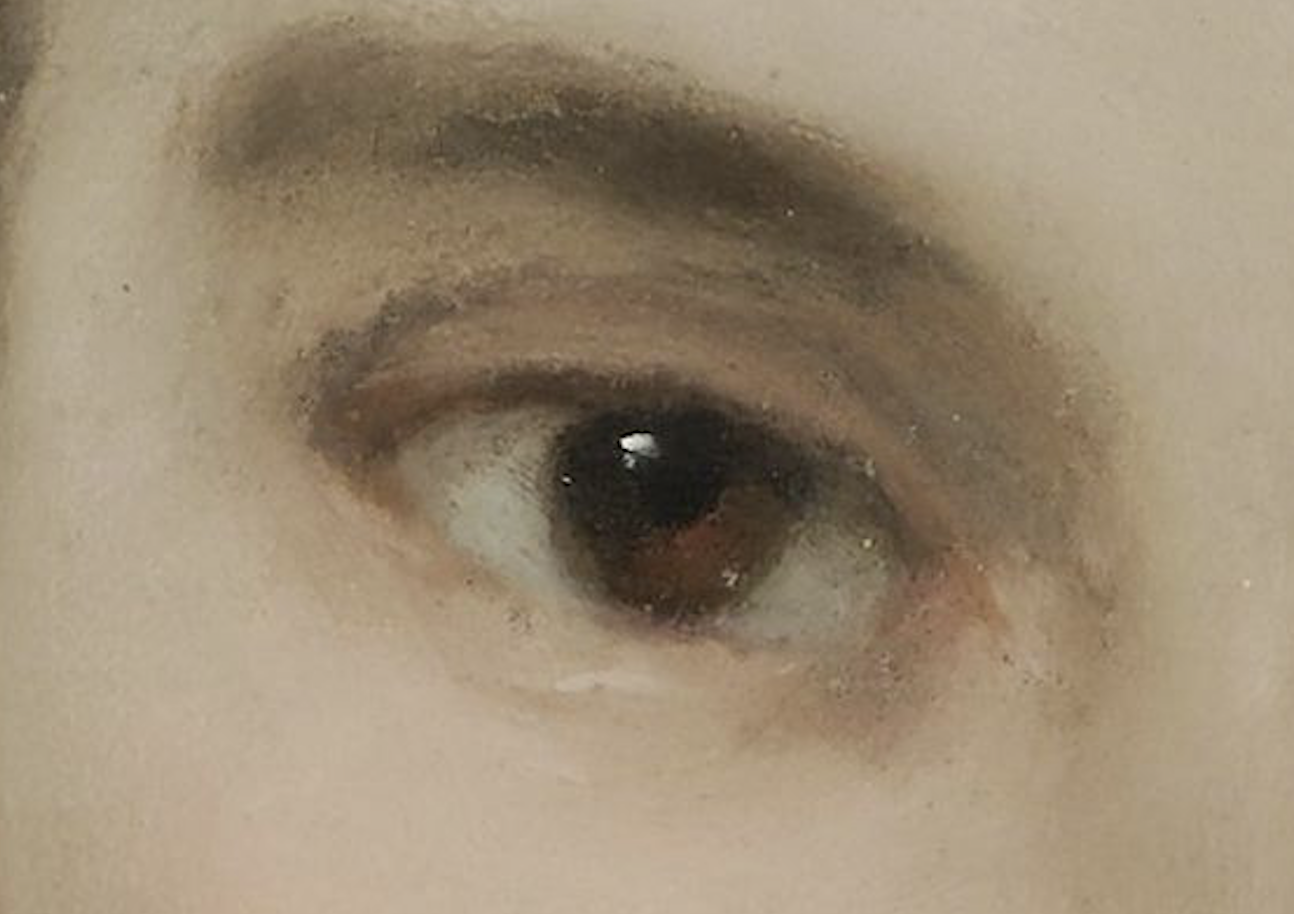
Want to learn to paint eyes? You could do worse than copying one of Amelia’s!
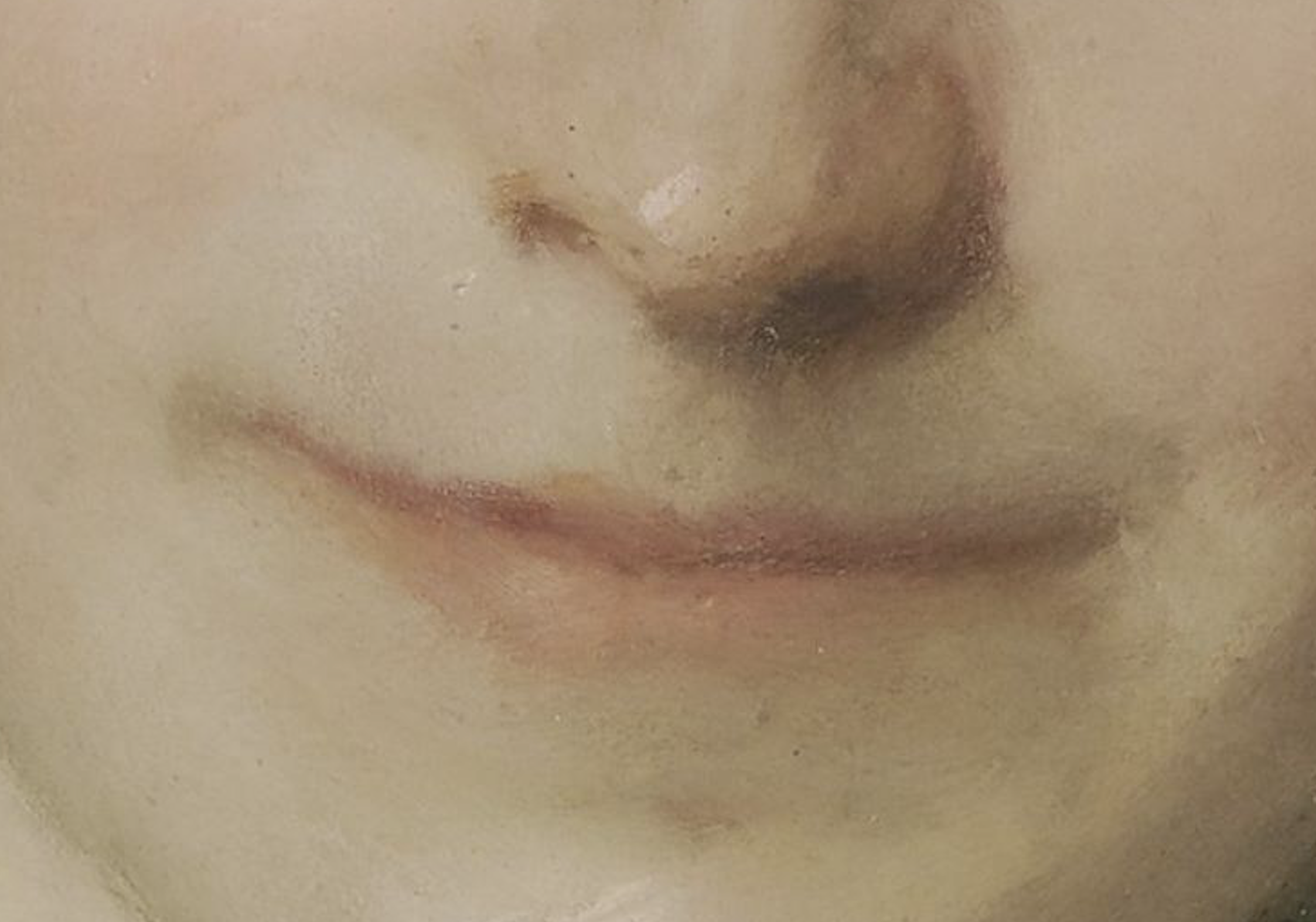
And look at the way the mouth and nose have so few colour and value changes! And what about edges? Can you find a couple of hard edges? Another learning opportunity!
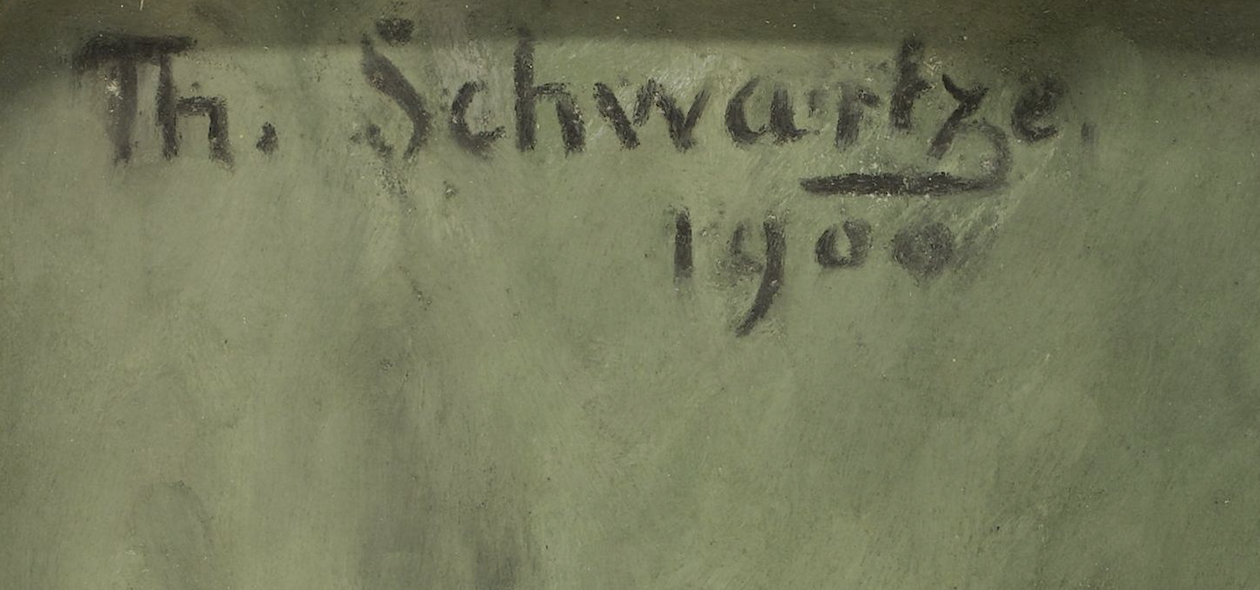
And just because, look at Schwartze’s signature – unabashedly visible top corner and yet, it doesn’t detract from the portrait. It’s curious that she uses “Th” rather than just “T” for her first initial.
And now let’s take another look at the whole painting, this time without the frame. (You’ll still notice, however, the cast shadows from the frame at the top and bottom.)
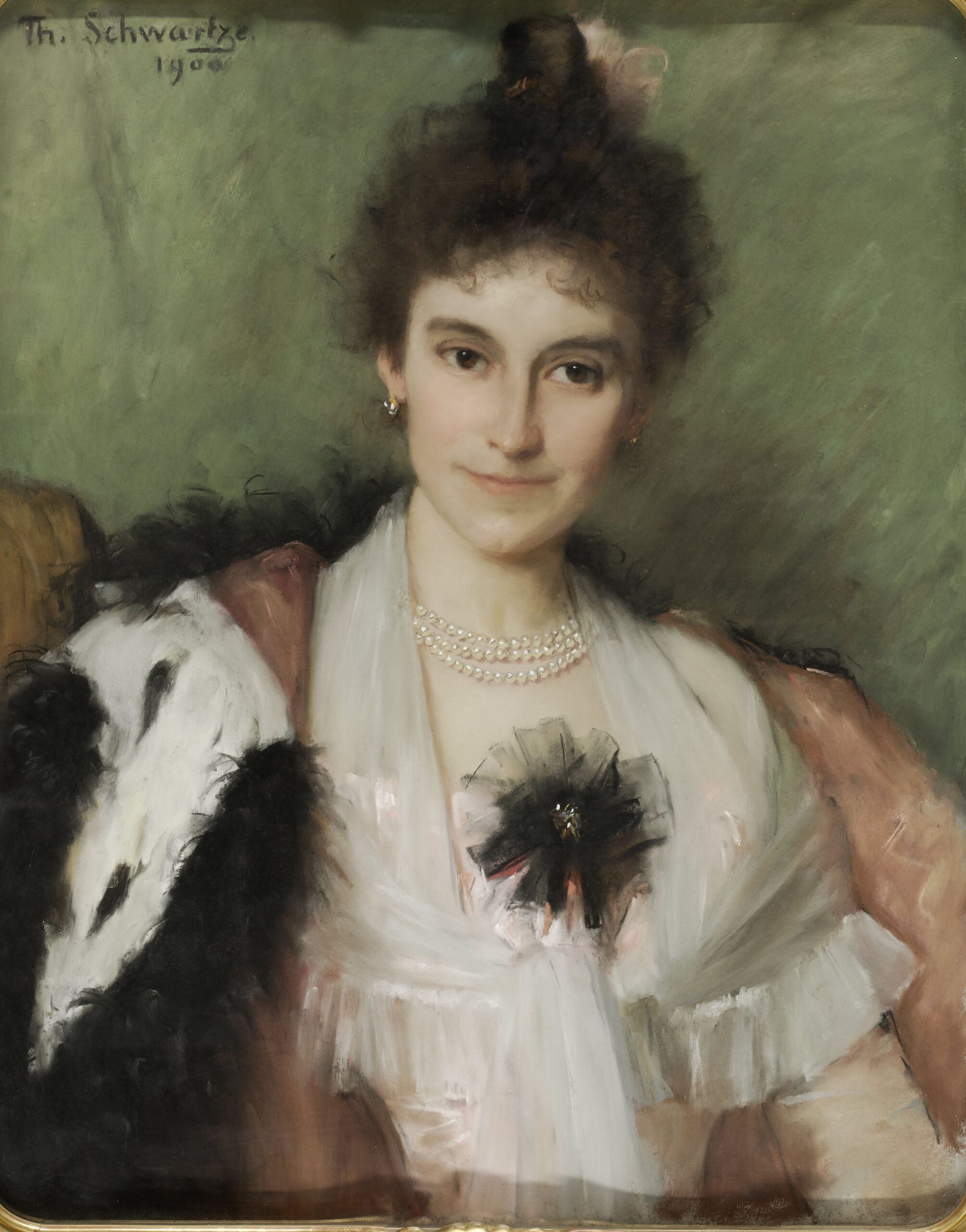
Want to know more about Thérèse Schwartze? Make sure to read Cora Hollema’s guest post all about Schwartze’s pastel work.
You can also buy Hollema’s book about the artist here.
________________________________________________________________________
Extraordinary Collection of Vermeer Paintings at the Rijksmuseum
On 10 February 2023, the Rijksmuseum presented the exhibition, Vermeer. Bringing together 28 of the 35 known paintings by this 17th-century Dutch painter, it was the largest exhibition of Vermeer’s work ever assembled!
Along with the four paintings in the Rijksmuseum collection, there were loans from such galleries as Washington DC’s National Gallery, The Frick in New York, Berlin’s Gemäldegalerie, and the Louvre. One of Johannes Vermeer’s most famous paintings, Girl with a Pearl Earring, was loaned by the Hague’s Mauritshuis Museum.
Without a doubt, this was a rare opportunity to see so many Vermeer paintings in one place. The exhibition ran until 4 June 2023.
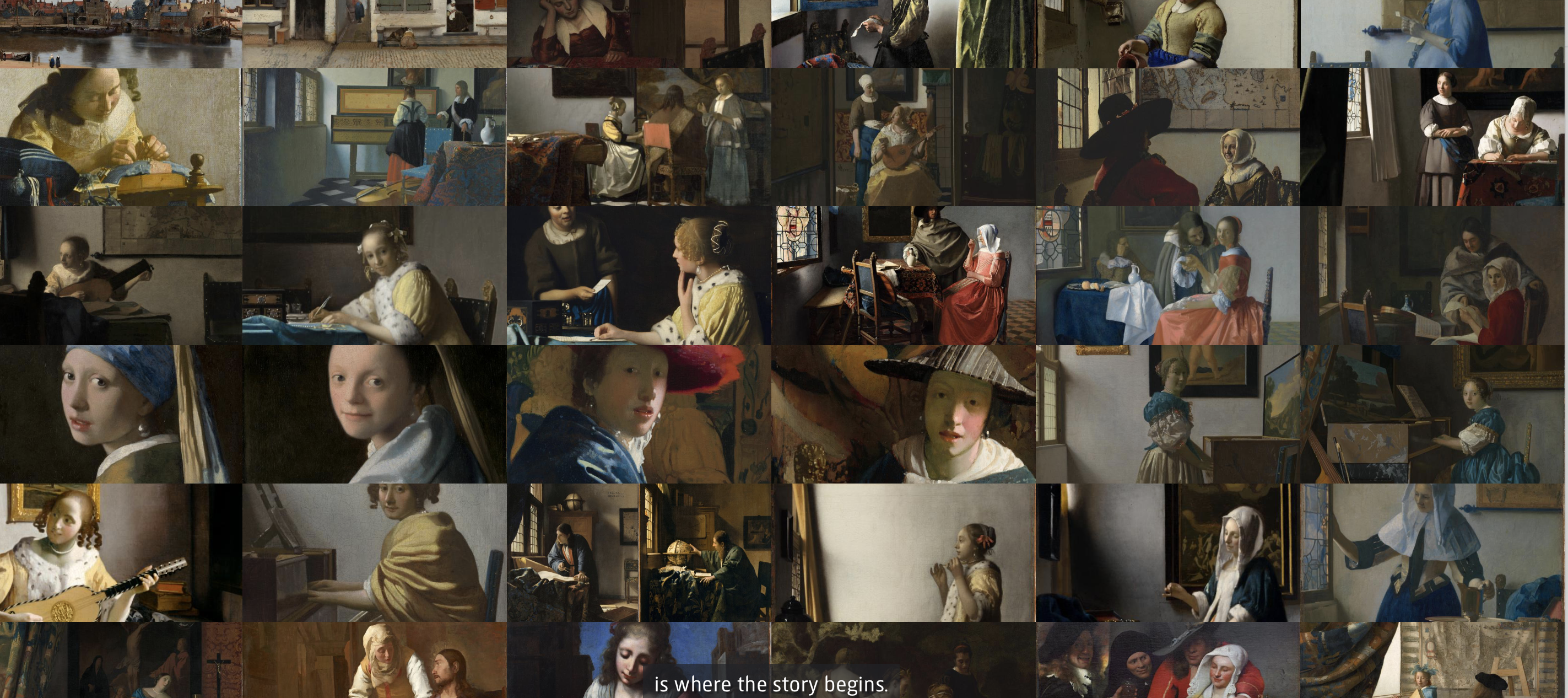
Curious to see which paintings are in the exhibition? Click here.
And that’s it for this time!
Gail

